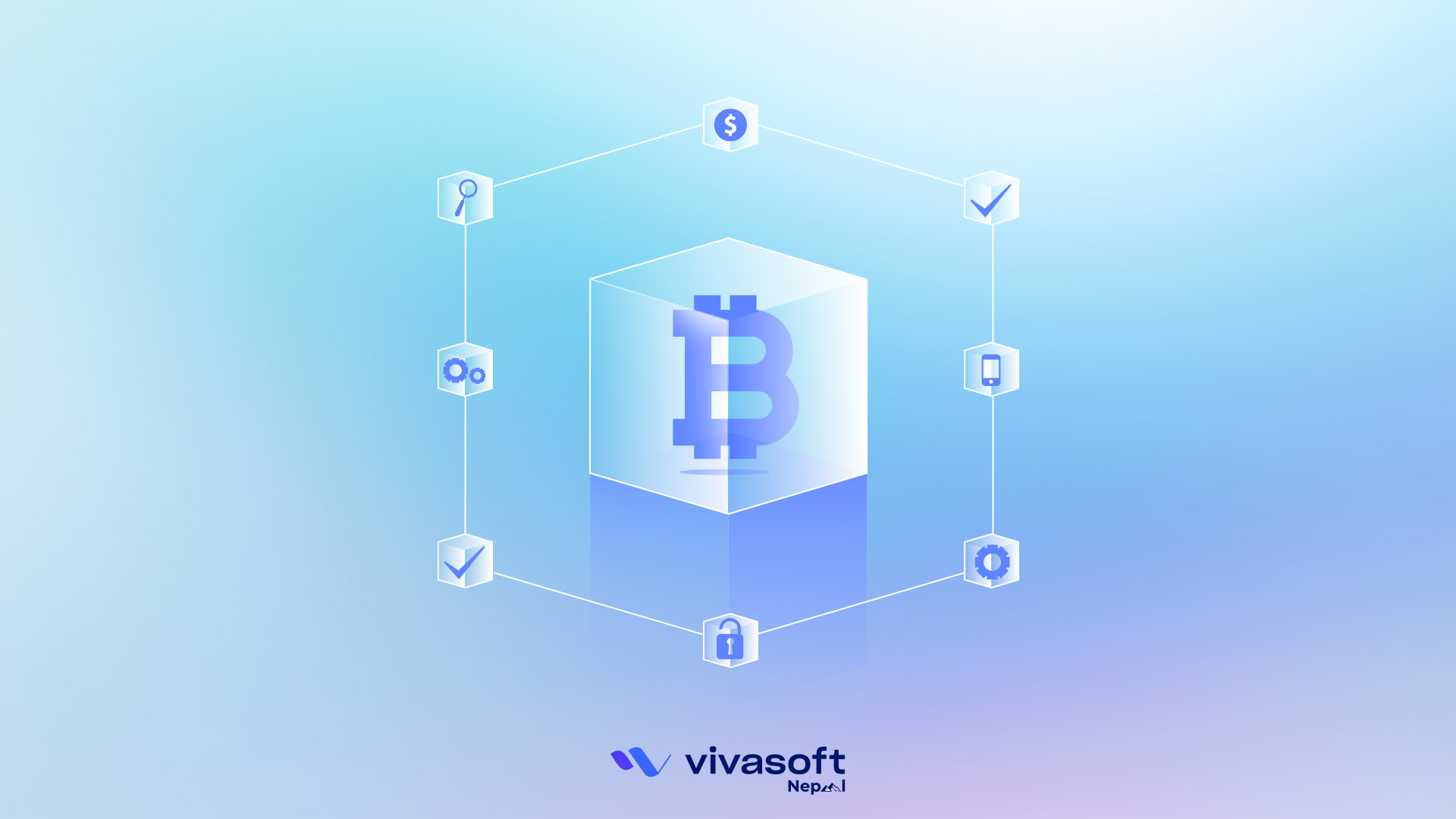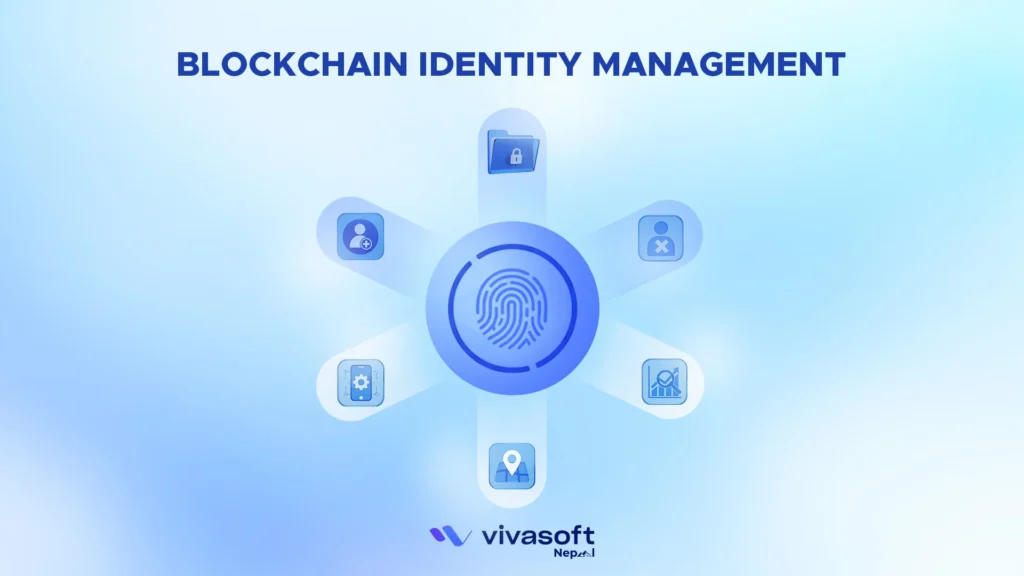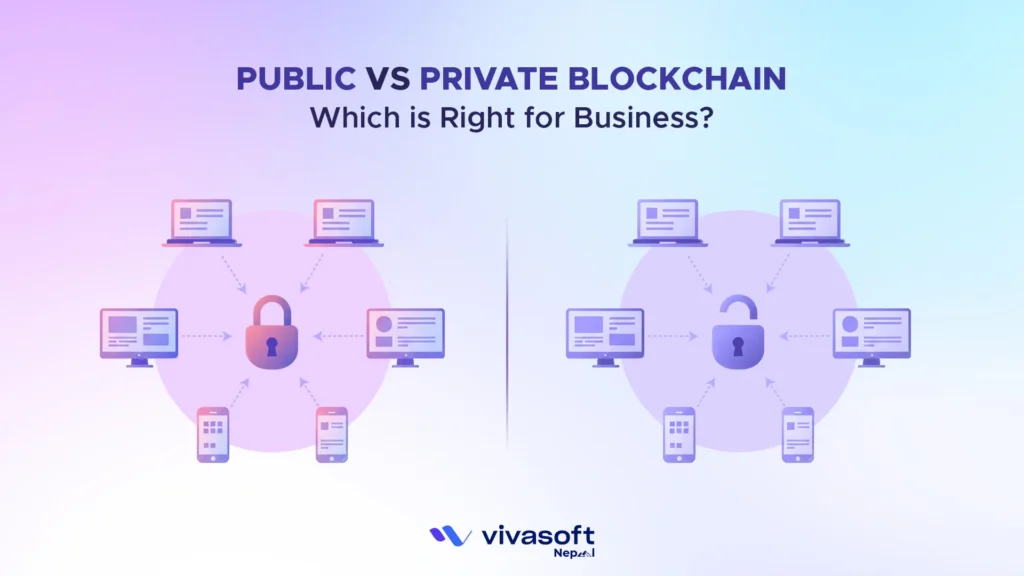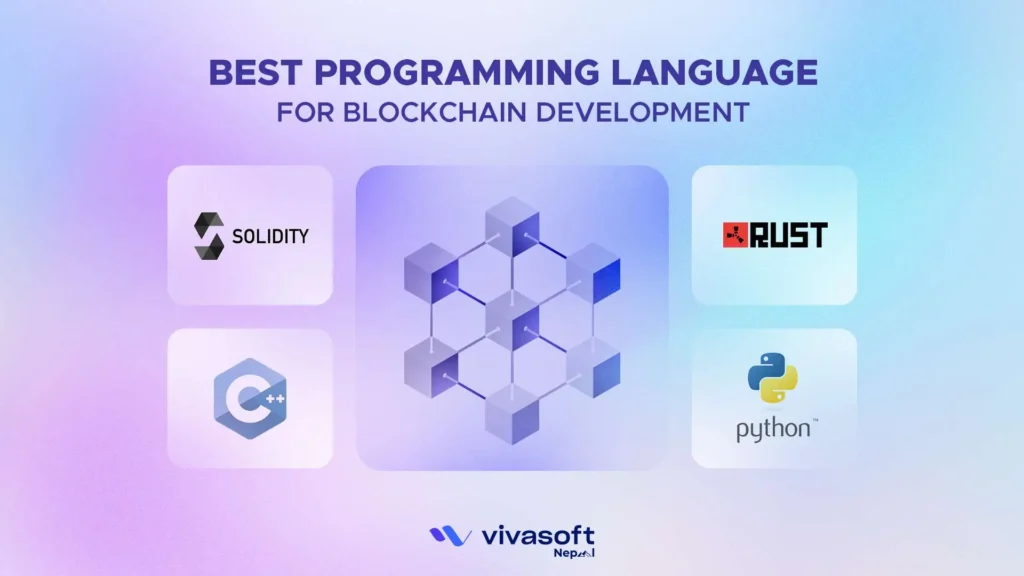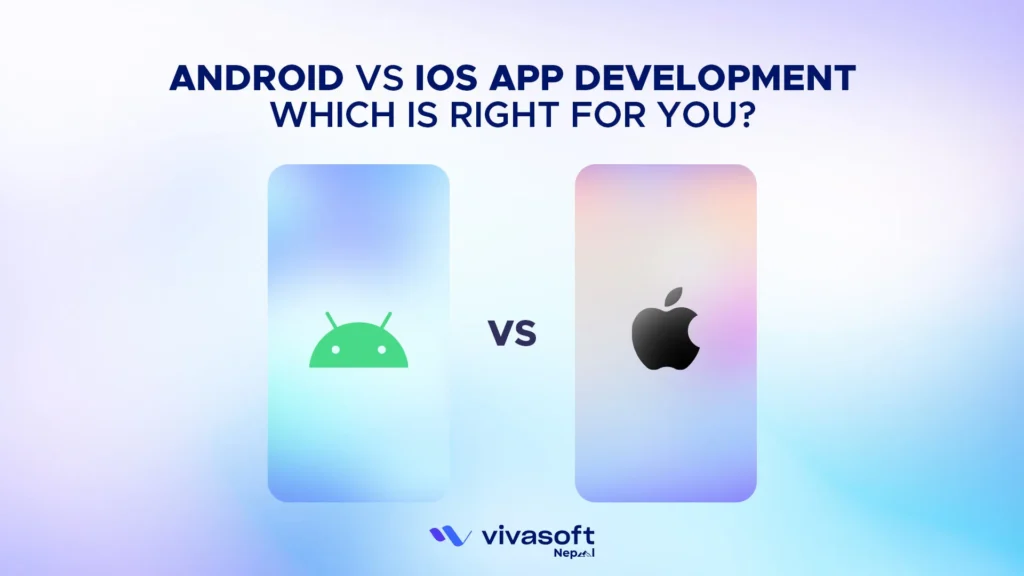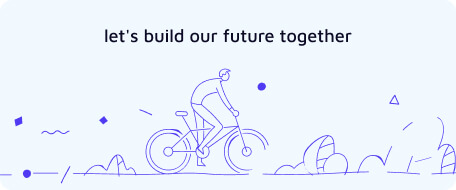Traditional financial and supply chain systems mainly run on intermediaries to manage transactions. Users often struggle with delays, increased costs, and security risks. Blockchain technology brings an advanced solution to these issues and offers secure financial processing without the need for any unreliable middlemen. But what is blockchain technology actually?
Blockchain is a linked chain of data blocks that store verified transactions in an immutable ledger. It groups the transaction data into blocks, connects them with a cryptographic solution, and forms a permanent chain.
What Is Blockchain Technology?
Blockchain technology is a decentralized ledger system that is designed to record transactions across a network of computers. The internal system organizes data into “blocks”. Each has a list of transactions and is cryptographically linked to the previous block through hashing and digital signatures. This is how they make a chronological chain.
Such a specialized design prevents the alteration of past data without any changes to all subsequent blocks. It is important to make the ledger immutable and tamper-resistant.
The connected nodes across the network maintain copies of the blockchain. Network nodes use strong protocols, such as Proof of Work or Proof of Stake.
From cryptocurrency development to managing supply chains, blockchain functionalities spread across many areas. Such as healthcare, contract management, voting systems, and even authenticating digital assets.
Types of Blockchain Technology
Blockchain technology comes in different types, each equipped with distinct features to meet specific needs and use cases:
Public Blockchain
Public blockchains are mainly fully decentralized networks that are open to anyone. Any participant can join, transact, and access the ledger. They can do it without any specialized permission. The complex system follows consensus mechanisms to secure the network. This includes Proof of Work or Proof of Stake.
Example: Bitcoin and Ethereum.
Private Blockchain
Private blockchains, also known as permissioned blockchains, are where participation is restricted to a specialized group. A single organization or consortium controls the network, which only manages the permissions and validates transactions across the blocks.
It offers faster transactions with privacy, but reduces decentralization. Hyperledger Fabric and MultiChain are the most popular private blockchains.
Consortium Blockchain
Consortium blockchains are permissioned networks governed by multiple organizations. All the connected consortium members share control and access, providing a balance between decentralization and centralized governance.
This blockchain model improves trust and security in major sectors. Such as banking, supply chain management, healthcare, and insurance. R3’s Corda is a robust example of a consortium blockchain platform.
Hybrid Blockchain
Hybrid blockchains are more likely to be a combination of public and private blockchains. The entire mechanism helps organizations to keep sensitive data private and also publish the selected information securely as needed. It utilizes the developed smart contracts that verify private transactions without exposing data publicly and reduces risks like 51% attacks.
Components of Blockchain Ecosystems
Here is the list of the major components of the blockchain ecosystem:
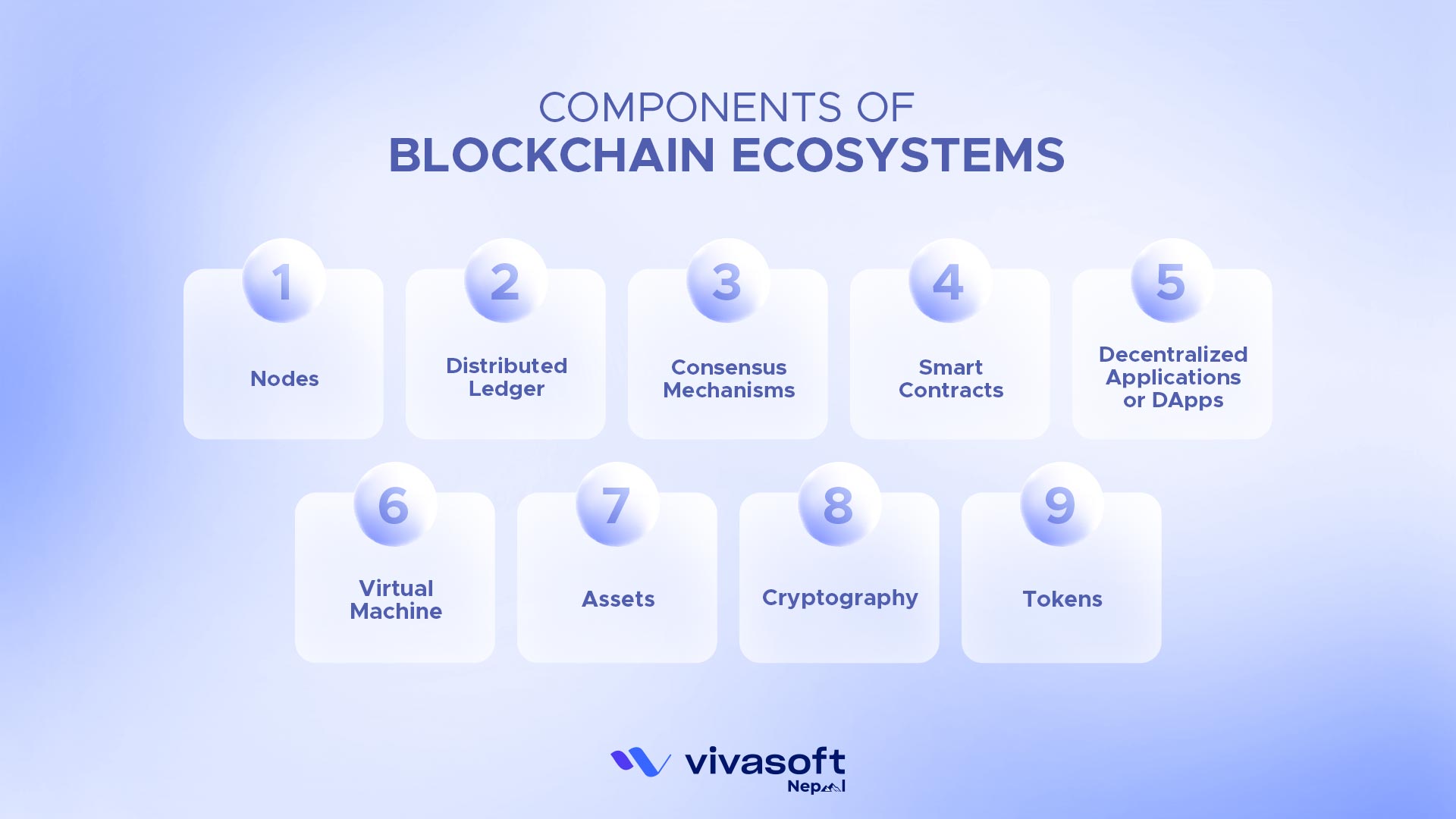
1. Nodes
Nodes are the computers or devices that have access to the specified blockchain network. Each node contains a copy of the entire blockchain ledger and validates and stores transactions. The nodes can be validators to verify transactions. Or miners who solve cryptographic puzzles and add new blocks.
2. Distributed Ledger
It is the database of the blockchain network that all nodes in the ecosystem share and access as needed. The ledger records all transactions accordingly and permanently, and keeps the data. It helps prevent fraudulent access, changing any data, and improves trust among participants.
3. Consensus Mechanisms
Consensus mechanisms are rules and set processes that nodes in the ecosystem follow to make sure everyone agrees on the validity and order of transactions. They ensure all the nodes maintain a consistent ledger state, even despite being decentralized.
Common consensus mechanisms include:
Proof of Work or PoW | Requires computational work to validate blocks |
Proof of Stake or PoS | Validators are chosen based on their stake in the network |
Delegated Proof of Stake or DPoS | Stakeholders select delegates to validate transactions. |
| Use Case | How Blockchain Helps | How KYC Works with Blockchain | Example Uses |
|---|---|---|---|
| Financial Services | Checks identity without a central control | Banks share verified customer info securely | Banks, lenders, and payment companies share IDs |
| Regulatory Compliance | Uses smart contracts and keeps unchangeable records | KYC and AML rules followed automatically with logs | Banks follow rules easily with automatic checks |
| Identity Management | Users control their own ID data | People decide what info to share and with whom | Digital ID platforms for safe user login |
| Cross-Border Payments | KYC info works across countries | One verified KYC is profile used by many institutions | Money transfers are verified quickly across borders |
| Insurance | Policyholder info can’t be changed | Instant ID checks linked to claims and policies | Insurance companies verify customers during claims |
| Real Estate Transactions | ID and documents stored safely on blockchain | Secure KYC connected to property sales | Real estate sites verify buyers and sellers |
| Cryptocurrency Exchanges | Shares KYC info without delay | Real-time ID checks when opening accounts or trading | Crypto exchanges speed up user signup and stop fraud |
| Healthcare | Protects privacy and controls consent | Patient ID checked while keeping data safe | Hospitals check patient IDs and consent securely |
4. Smart Contracts
Smart Contracts are self-executing codes that are stored on the blockchain and hold the predefined rules and automate agreements when the conditions are met. They eliminate the need for intermediaries and offer decentralized applications and complex workflows that run fruitlessly on the blockchain.
5. Decentralized Applications or DApps
DApps are software applications that operate on a blockchain network, instead of centralized servers. It utilizes smart contracts and provides decentralized services. Such as DeFi development, gaming, and social media, with optimal security and transparency.
7. Virtual Machine
The virtual machine integrates smart contract code within the blockchain environment. For instance, the Ethereum Virtual Machine or EVM processes the contract logic and manages state changes securely.
8. Assets
Assets represent value or data recorded on the blockchain. They can be either physical or digital items with recognized value, such as cryptocurrencies, tokens, medical records, or business contracts. Assets are only transferred and managed through transactions validated by the network.
9. Cryptography
It is the security system of the blockchain data, which uses digital signatures, public-private key pairs, and hash functions. Such as SHA-256. It guarantees that transactions are authentic and tamper-proof.
11. Tokens
Tokens are the fundamental component of blockchain technology that are used to represent ownership, value, or access rights to blockchain assets. They are developed using the smart contracts of existing blockchain platforms. Tokens are programmable, and you can customize them for specific industry purposes.
How Does Blockchain Technology Work?
Blockchain technology functionally runs on a decentralized and secure system that helps record systems without any distractions.
1. Transaction Initiation
A user initiates a transaction within the network. Either they want to transfer digital assets or record data. Under the blockchain mechanism, this transaction records the details like who, what, when, and how much is involved.
2. Transaction Broadcast
The transfer will be broadcast to all the nodes through a peer-to-peer network. This ensures everyone has the same information simultaneously.
3. Validation and Consensus
Now, at this stage, nodes will validate the transaction using consensus mechanisms. Through the collective agreement, all come to an agreement that only legitimate transactions are accepted and recorded. There is no chance of accessing the node for a single one, which prevents fraud.
4. Block Creation
Now the validated transactions are grouped into a new block. Each block equips a cryptographic hash of the previous block, which makes a chronological link. Any changes in the hash make the alteration easily detectable.
5. Adding the Block to the Chain
Once all the blocks are created, it starts adding to the existing blockchain. It is permanent and immutable, ensuring that all the data will be intact. This immutability builds trust as all participants see the same unalterable record.
6. Ledger Update and Distribution
Finally, the updated ledger will start distributing to all nodes across the network. For this, every participant will have the latest and synchronized copy. You have the flexibility to audit the ledger and verify transactions themselves.
Why Is Blockchain Considered Tamper-Proof?
Blockchain is a decentralized structure and strong cryptographic linking of blocks, which is enough to make it tamper-proof.
Each block in the blockchain has a cryptographic hash of its own data with the hash of the previous block, and all of them form a chain like:
Block A > Block B > Block C > Block D
The hash functions generate a fixed output from any input, where even a minor change creates a completely different hash.
So, if someone tries to change or steal any of the block’s data, the altered hash would no longer match the stored hash in the next block. It will disturb the chain’s continuity and will be automatically rejected by the network during consensus validation.
Along with hashing, the system maintains digital signatures to secure transaction authenticity and data immutability.
This makes the complete ecosystem tamper-proof, where data modification through unauthorized access is almost impossible without permission.
Why Choose Blockchain Over Traditional Databases for Data Management?
Blockchain over traditional databases for data management offers notable advantages.
Traditional databases tend to be created, read, updated, and deleted at any time as the users need. However the blockchain contains permanent record data, which cannot be completely altered without the knowledge of others.
Also, it distributes data on multiple nodes rather than relying on a centralized server. So there is no chance of single points of failure and getting hacked by hackers.
With the advanced cryptographic techniques and consensus mechanisms, it enhances the data transaction and security. On the other hand, traditional databases are susceptible to insider threats, SQL injections, or often centralized breaches. This makes the blockchain a superior choice to manage sensitive data over traditional databases.
Still, blockchain isn’t the only option, learn more in our comparison of hashgraph vs blockchain
Advantages and Disadvantages of Blockchain Technology
Advantages:
- Faster Transactions: Without any intermediaries in the system, you can expect comparatively faster transactions across the blockchain network and even at lower fees.
- Transparency: All the nodes in the network have access to the same ledger, which makes all actions easy to trace and verify. It builds trust across defined areas such as NFT development and Web3 development.
- Immutability: Once the data recording is done, you can’t alter or delete it without any permission. It helps maintain trust in digital asset management and tokenization.
- Automation: Smart contracts offer automated and self-executing agreements, which optimize the operations in NFT platforms and digital asset tokenization.
- Enhanced Security: The cryptographic design and decentralized structure are strong enough to protect data and transactions from tampering and hacking. It is important to manage sensitive applications like crypto exchange development and asset tokenization.
Disadvantages:
- Scalability Issues: Blockchain can handle only a limited number of transactions per second. For instance, you can process only 7 transactions per second for Bitcoin and 15–30 transactions per second for Ethereum. It leads to more delays and higher fees when many users try to make transactions at the same time.
- High Energy Consumption: Blockchain networks, especially with PoW like Bitcoin, tend to consume enormous amounts of electricity. In 2023, it consumed about 120 terawatt-hours or TWh of electricity annually. However, some newer blockchains with PoS are more energy-efficient.
- Complexity: Developing specialized services like Web3 development or managing the NFT platforms requires specialized skills and technical knowledge. It can be a barrier to efficient integration.
Use Cases of Blockchain Technology
Some notable real-world use cases of blockchain technology include:
1. Finance and Banking
Use Case: Microloans and Financial Inclusion
Specialized decentralized lending platforms offer trustworthy access to microloans for underserved populations without the need for bank involvement and traditional financial institutions.
Example:
- BanQu offers blockchain-based microloan services that offer loans to individuals in extreme poverty and rural areas, such as smallholder farmers or refugees.
Blockchain isn’t just changing lending. It’s also improving compliance and customer verification. Learn more in our article on KYC with Blockchain.
2. Supply Chain and Logistics
Use case: Supply Chain Product Management with Transparency
Blockchain offers end-to-end transparency in supply chains and helps stakeholders track the origin and journey of products. It prevents fraud, ensures authenticity, and supports blockchain for sustainability by promoting ethical sourcing and eco-friendly practices.
Example:
- Walmart uses blockchain to trace food products and improve safety.
- IBM Food Trust includes suppliers, growers, and processors to share information about the product.
3. Healthcare
Use Case: Secure Medical Records Sharing
Blockchain helps in securely storing and sharing patient data across institutions. It improves privacy and reduces errors in the medical sector.
Example:
- Medicalchain uses blockchain where authorities store and manage electronic medical records (EMRs).
- BurstIQ utilizes blockchain-based solutions and stores health data securely.
4. Real Estate
Use Case: Asset Tokenization
Asset tokenization converts real-world assets like real estate into digital tokens on a blockchain. Buyers have the option to get ownership of that small part of the asset and earn income from it.
Example:
- RealT is an advanced platform that offers digital tokens and provides access to shares in real properties.
5. Gaming and NFTs
Use Case: Ownership of In-Game Assets
With blockchain development and NFT optimization, gamers are now getting true ownership and trading of digital assets within games. The in-game items are stored in the digital wallet, and you can trade, sell, or even use them in other games.
Example:
- Enjin is a superior platform where game developers create and manage blockchain-based in-game assets. Players can own, trade, and sell their gaming items.
The Future of Blockchain Technology
The popularity and expansion of blockchain technology are rapidly growing, which is projected to reach about $306 billion by 2030, with a CAGR of 53%.
Blockchain technologies are now integrating Artificial Intelligence (AI), the Internet of Things (IoT), and 5G, to share data and track transactions more securely.
Big tech companies are using “Blockchain-as-a-Service” to keep data safer and simplify integration into existing infrastructures. Layer 2 solutions help in handling a large volume of data in blockchain networks with improved speed and reduced cost.
DeFi platforms will continue to rise and help in decentralized lending, insurance, and asset management services. Beyond this, companies will more actively invest in DAO development services and create such specialized platforms. Communities can organize and manage projects without a central authority.
Through advanced Zero-Knowledge Proofs or ZKPs protocols, users securely validate the transactions without even revealing any internal sensitive data. It will reduce data leaks and speed up compliance more effectively.
Final Thoughts
Blockchain technology enhances compliance through immutable and transparent recording facilities. Everyone in the network, including regulators, can see and access the data, which builds trust.
With smart contracts, authorities automate routine compliance tasks that save time and cost. Additionally, blockchain offers fast detection of unreliable data and fixes issues faster. It overall lowers the risk of non-compliance.
If you’re thinking about using blockchain for your business, take a look at some of the top blockchain development companies to find the right partner with a solution that fits your needs.
Frequently Asked Questions
Is blockchain technology safe to use?
Yes, blockchain technology is considered safe to use as it uses a decentralized structure and strong encryption. It is resistant to tampering and fraud and makes the platform for secure transactions.
What is the best blockchain development platform?
The best blockchain development platform depends on specific project requirements. However, Ethereum, Hyperledger Fabric, and R3 Corda are considered the top contenders.
What programming languages are used for developing blockchain applications?
Blockchain applications use different programming. It includes Solidity, Python, and JavaScript. C++, Go, and Java are also often used to build core blockchain protocols and consensus mechanisms.
How do Layer 2 solutions improve blockchain scalability?
Layer 2 solutions process multiple transactions off the main chain (Layer 1) and bundle them together. It reduces congestion and results in faster and more cost-effective transactions.
How can enterprises integrate blockchain with existing IT systems?
Enterprise integrates blockchain with the existing IT system by using APIs, middleware, or Blockchain-as-a-Service (BaaS) platforms. These tools help connect blockchain networks with legacy software and offer more secure transactions.
How do cross-chain bridges and interoperability protocols work in blockchain?
Cross-chain bridges and interoperability protocols help the connected nodes in the network to communicate and share data or assets more effectively. It locks assets on one chain and releases equivalent tokens on another, and offers secured cross-network transactions.
What is the biggest challenge facing blockchain technology?
One of the notable hurdles while handling blockchain technology is scalability. Most blockchains struggle to handle a high volume of transactions. It often leads to network congestion and high fees.

